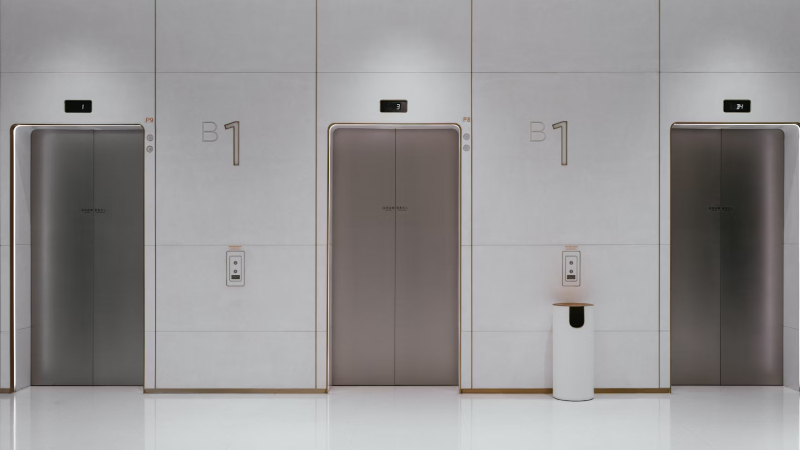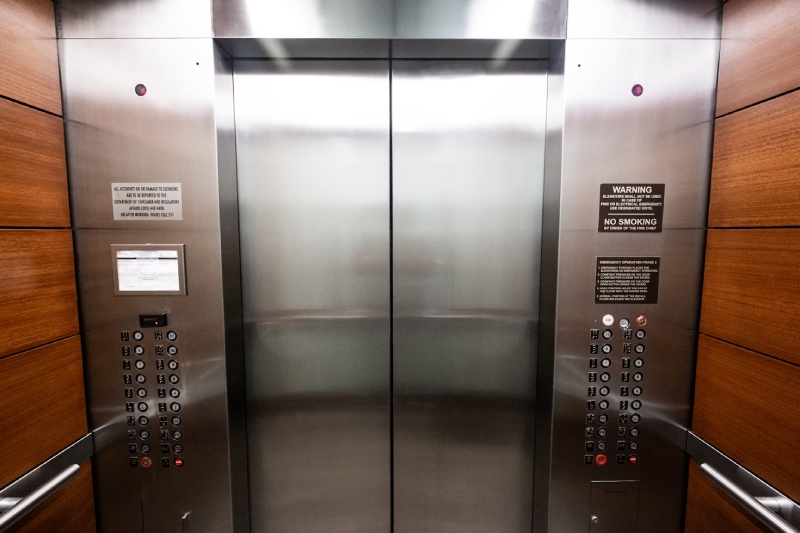Ever felt lightheaded or unsteady after a quick elevator ride? You’re not alone. Many people experience a wave of dizziness after stepping out of an elevator, and it can be quite disorienting. But what exactly causes this phenomenon, and is there anything you can do to prevent it?
Understanding the Mechanism
Our sense of balance relies on a complex interplay between our inner ear (vestibular system), vision, and sensory receptors in our muscles and joints. The inner ear contains fluid-filled canals that detect head movements. When we move, the fluid shifts, sending signals to the brain about our position and motion. In an elevator, however, the sensation of movement can be misleading. The elevator itself feels stationary, even though it’s speeding up or slowing down. This mismatch between visual cues (stationary elevator) and inner ear signals (movement) can confuse the brain and lead to dizziness.

Common Causes of Elevator-Induced Dizziness
- Motion Sickness – people prone to motion sickness in cars or boats might also experience similar discomfort in elevators due to the unfamiliar, jerky movements, especially during rapid acceleration or deceleration.
- Inner Ear Problems – conditions like benign paroxysmal positional vertigo (BPPV) or Meniere’s disease can disrupt the delicate balance mechanism in the inner ear, making individuals more susceptible to dizziness triggered by elevators.
- Anxiety – can heighten our sensitivity to bodily sensations, and the confined space of an elevator, coupled with the feeling of swaying, can trigger anxiety in some people, leading to dizziness.

Mitigating Elevator-Induced Dizziness
Here are a few simple steps you can take to minimize elevator-induced dizziness:
- Focus on a Stable Point. Fix your gaze on a stationary object inside the elevator, like a button panel or a sign, to provide a constant visual reference for your brain.
- Maintain a Stable Stance. Stand with your feet shoulder-width apart and distribute your weight evenly. If possible, avoid facing the back of the elevator, which can amplify the sensation of swaying.
- Deep Breathing. Taking slow, deep breaths can help regulate your heart rate and calm any anxiety that might be contributing to dizziness.

Technological Solutions
Some newer elevators are equipped with features that aim to reduce passenger discomfort. Active Damping Systems – these systems use sensors and counterweights to minimize swaying and vibrations during acceleration and deceleration. Smoother Acceleration Curves – modern elevators often have computer-controlled acceleration profiles that provide a smoother, more gradual ride.
Conclusions
Elevator-induced dizziness is a common phenomenon, often caused by mismatched sensory information. By understanding the mechanism and implementing simple strategies like focusing on a stable point or maintaining a balanced stance, you can significantly reduce the likelihood of feeling disoriented after your ride. Additionally, advancements in elevator technology are continuously improving passenger comfort and minimizing the sensation of swaying. If you experience frequent or severe dizziness after using elevators, it’s always best to consult a healthcare professional to rule out any underlying medical conditions.





